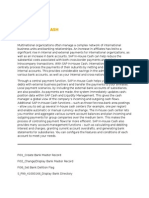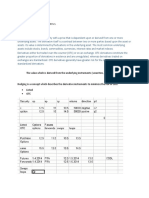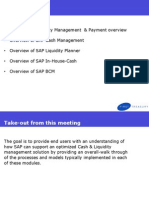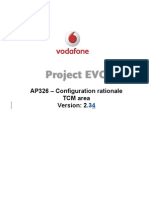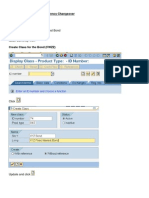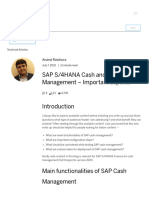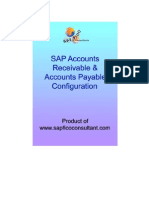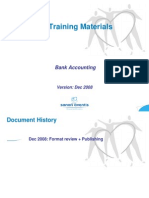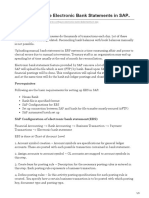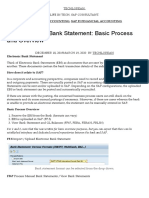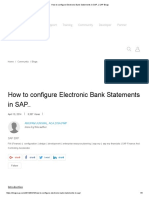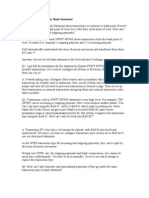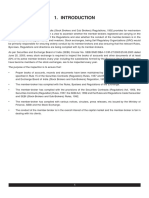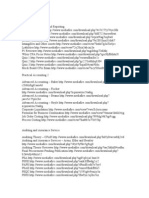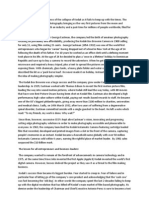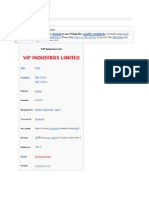75% found this document useful (4 votes)
3K views46 pagesSap Ihc
Jaime Ryan has been successfully implementing the electronic bank statement solution for more than 14 years at client sites across north america, Latin america, and asia-pacific. He continues to be one of North America's leaders in SAP Treasury implementations and recommended by SAP.
Uploaded by
ssrihariCopyright
© Attribution Non-Commercial (BY-NC)
We take content rights seriously. If you suspect this is your content, claim it here.
Available Formats
Download as PDF, TXT or read online on Scribd
75% found this document useful (4 votes)
3K views46 pagesSap Ihc
Jaime Ryan has been successfully implementing the electronic bank statement solution for more than 14 years at client sites across north america, Latin america, and asia-pacific. He continues to be one of North America's leaders in SAP Treasury implementations and recommended by SAP.
Uploaded by
ssrihariCopyright
© Attribution Non-Commercial (BY-NC)
We take content rights seriously. If you suspect this is your content, claim it here.
Available Formats
Download as PDF, TXT or read online on Scribd
/ 46




